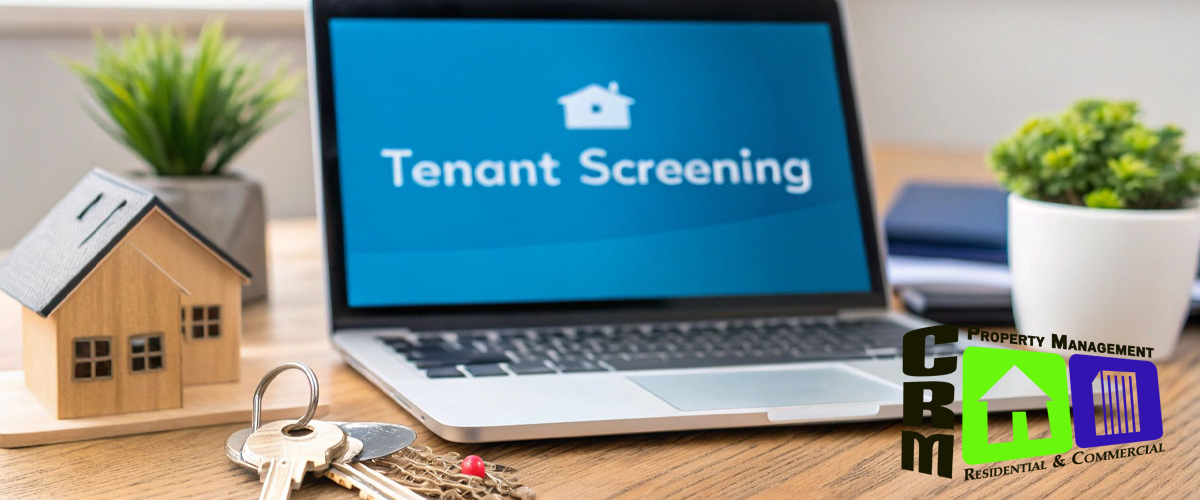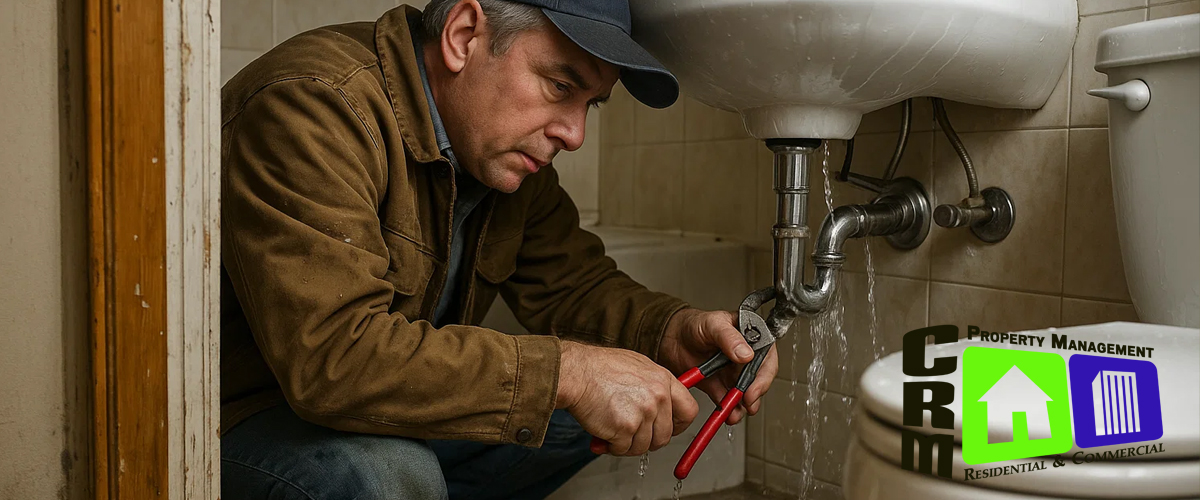Setting the Right Rent Price: Market Analysis Techniques for Maximum Occupancy
Setting the Right Rent Price: Market Analysis Techniques for Maximum Occupancy
In the competitive landscape of property management, finding the perfect rent price is both an art and a science. Set your rent too high, and you risk lengthy vacancies eating into your profit margins. Set it too low, and you leave money on the table while potentially attracting less reliable tenants. The key to success lies in strategic market analysis that helps you find that sweet spot where occupancy and revenue are both maximized.
Why Proper Rent Pricing Matters
Before diving into techniques, let’s understand what’s at stake:
- Vacancy costs: Every day your property sits empty is lost income
- Tenant quality: Competitive pricing attracts better-qualified renters
- Investment returns: Optimized rent directly impacts your ROI
- Market positioning: Price signals your property’s value proposition
Essential Market Analysis Techniques
- Comparative Market Analysis (CMA)
The foundation of any pricing strategy begins with understanding what comparable properties are charging. To conduct an effective CMA:
- Identify true comparables: Look for properties with similar size, age, condition, amenities, and location
- Create a radius approach: Start with properties within a quarter-mile and expand outward
- Account for differences: Make dollar adjustments for features your property has or lacks
- Track time on market: Note how quickly properties rent at different price points
Pro tip: Don’t just look at advertised prices—find out what properties actually rented for, which may differ from listing prices.
- Rental Demand Analysis
Understanding demand patterns in your market helps anticipate optimal pricing windows:
- Seasonal fluctuations: Many markets have predictable rental cycles (college towns see spikes in August/September, vacation areas peak during tourist seasons)
- Absorption rates: Calculate how quickly available units are being rented
- Days on market: Track average time to rent properties at various price points
- Traffic metrics: If using online listings, analyze view-to-inquiry ratios at different prices
- Economic Indicator Assessment
Broader economic factors significantly impact what renters can afford:
- Employment data: Local job growth (or contraction) affects rental demand
- Income trends: Rising incomes may support higher rents
- Development pipeline: New housing supply coming to market may suppress rent growth
- Population trends: Migration patterns reveal demand pressure or relief
- Amenity Value Calculation
Not all property features are created equal in renters’ minds:
- Survey current tenants: What amenities do they value most?
- A/B test listings: See which features generate the most inquiries
- Quantify amenity premiums: Determine specific dollar values for desirable features
- Renovation ROI analysis: Calculate the rental increase potential from specific upgrades
- Price Elasticity Testing
Understanding how sensitive your market is to price changes can reveal optimal pricing strategies:
- Test price ranges: List similar units at different price points to gauge inquiry rates
- Analyze concession effectiveness: Test whether “one month free” generates more interest than a lower monthly rate
- Vacancy cost calculation: Determine the breakeven point between a higher price with longer vacancy versus lower price with quicker occupancy
Implementation Strategies
Dynamic Pricing Models
The most sophisticated property managers use dynamic pricing similar to hotels and airlines:
- Seasonal adjustments: Increase rates during high-demand periods
- Occupancy-based pricing: Raise rates when vacancy is low, offer incentives when it’s high
- Lease expiration management: Stagger lease end dates to avoid having multiple units vacant simultaneously
Value-Based Pricing
Rather than simply matching competitors, position your property based on its unique value proposition:
- Identify your competitive advantage: What makes your property special?
- Target specific renter demographics: Price according to what your ideal tenant values and can afford
- Bundle services: Include utilities or amenities to justify premium pricing
Psychology of Pricing
Strategic price presentation influences perception:
- Price anchoring: Set the initial price point to establish perceived value
- Charm pricing: Test whether prices ending in 9s or 5s generate more interest
- Price tiering: Offer good/better/best options (basic unit vs. premium features)
Common Pricing Mistakes to Avoid
- Emotional pricing: Setting rent based on what you need rather than market reality
- Cost-plus-only approach: Focusing solely on your expenses without considering market demand
- Ignoring micro-market conditions: Even within the same neighborhood, prices can vary by block
- Set-and-forget pricing: Failing to regularly reassess and adjust pricing strategy
- Ignoring renewal pricing: Focusing only on new tenant acquisition while neglecting retention
Tools for Effective Market Analysis
Today’s property managers have access to powerful tools:
- Rental comparison platforms: Websites like Rentometer, RentRange, and CoStar
- Property management software: Many include market analysis features
- Local MLS data: If available for rentals in your area
- Government data sources: Census Bureau and HUD statistics
- Data aggregation services: Companies specializing in rental market intelligence
Conclusion
Setting the right rent price is a continuous process of market analysis, testing, and refinement. By systematically applying these techniques, property owners can maximize both occupancy and rental income, positioning their investments for optimal performance regardless of market conditions.
Remember that the “right” price isn’t necessarily the highest one—it’s the price that attracts quality tenants quickly, minimizes vacancy, and creates sustainable long-term returns. By taking a data-driven approach to pricing while remaining flexible enough to respond to changing market conditions, you’ll gain a significant competitive advantage in your rental market.
CRM Property Management Company specializes in tenant placement. Let us show you what we can do to get your property rented quickly while obtaining the best possible value for you.







